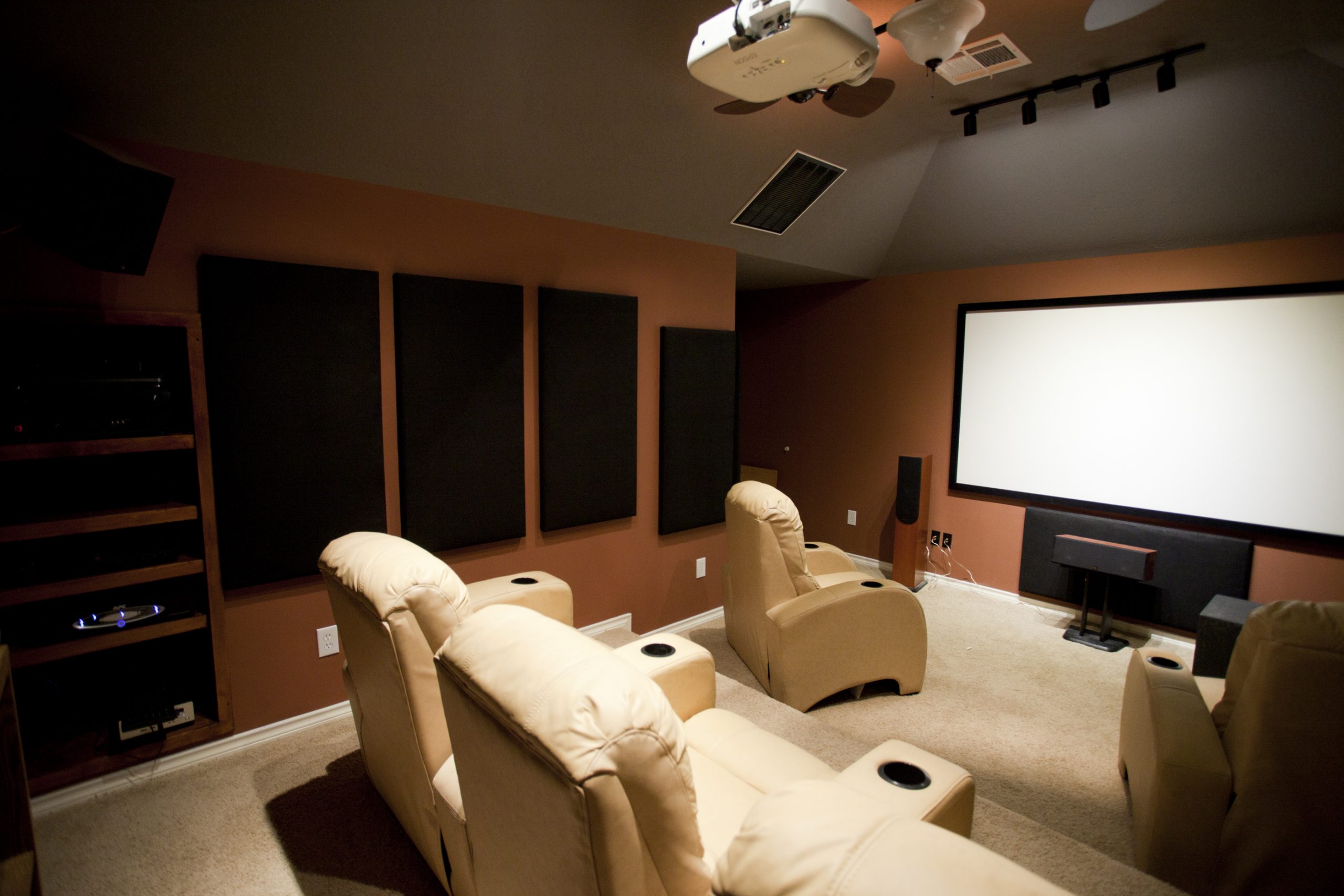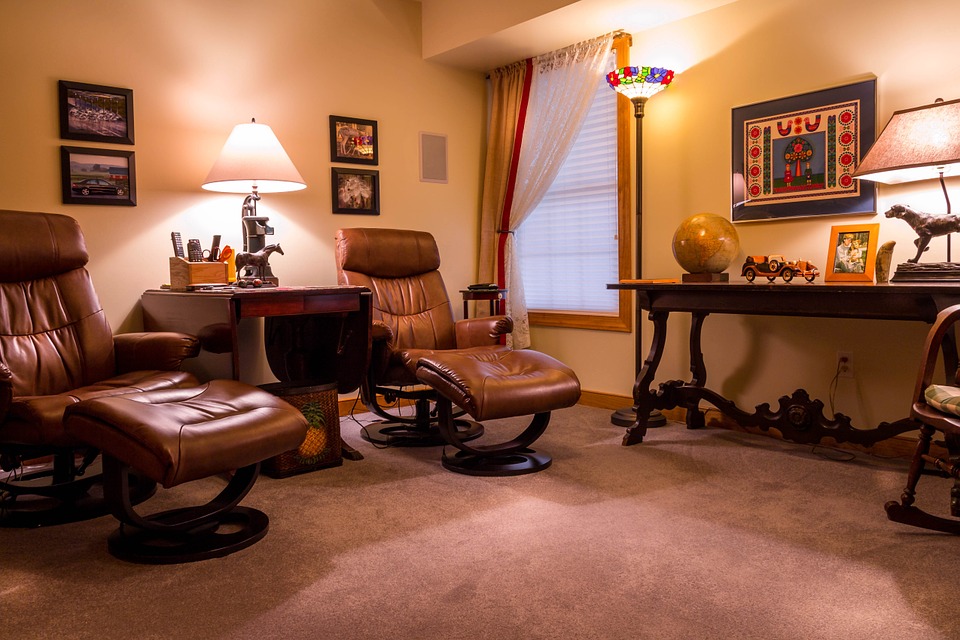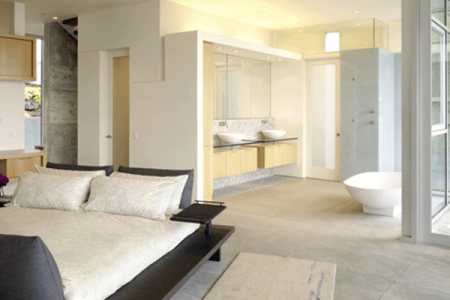Needless to say, many of us are dedicated cinephiles. However, with the recent pandemic, many people wonder whether it is safe to go to the movies. Fortunately, there is another way to enjoy the latest releases while staying safely indoors. Keep reading to find some good suggestions to creating your own cinema room!
#1. Choose the Perfect Home Theatre Location

Setting up a home cinema starts with locating the right space in your house. You’ll need to find a spare room that can be dedicated to only watching movies on the big screen. When you share your home theatre room with other spaces like the kitchen, cooking sounds and smells can invade and disrupt your cinematic experience. Therefore, a separate room is better.
Smaller rooms that are set back from other common rooms are preferred as most interior designers claim that the smaller the room, the more efficient acoustics can be produced without the need of large sound panels and powerful surround sound systems. It is also recommended to use boxier rooms that receive little daylight. This is why many people prefer basements as they tend to be dark and isolated spaces which makes it easier to control sound and lighting.
If you have rooms with carpeted or wooden floors or even textile wall coverings, they are better choices as they can all absorb sound and enhance the home theatre feeling. Home theatres are also known for their dark aspects and therefore it is recommended to apply dark-coloured paint to your walls. White is usually recommended as it can reflect maximum light. But if you want to bring the movie theatre to your home, light reflection is not required.
#2. Control Your Lighting

Ambient light usually refers to natural light, either coming through windows or from the outdoors. Too much ambient light can cause a lot of glare that can make even flat-screen viewing less enjoyable. However, a pitch-black room is also not ideal. According to the American Academy of Ophthalmology, “a bright screen in a dark setting makes your eyes work harder which can lead to fatigue.” Therefore, short table lamps are recommended as they help to keep the lighting level low. But make sure not to choose glossy ones such as chrome or polished brass lampstands as they pick up light and reflect it around the room, which can cause an unnecessary distraction in a cinema room. You can also choose light-blocking curtains and shades to dim natural lights. Finally, one should never place the TV next to a window as there shouldn’t be any light source within your field of vision.
#3. Sound, the Most Important Element

Can you watch “The Invisible Man” while your dishwasher is running loudly in the next room?
Ambient sound can be basically defined as unwanted background noise. Even if you find an exclusive space, you might often hear kitchen noises, construction noise or kids running and laughing, and these noises will undoubtedly ruin your cinematic experience.
The following steps can help you to control ambient sound:
- It is recommended to add a second layer of drywall or install a special sound-reducing wallboard to soundproof your room.
- Another way to soundproof your movie room is to replace your hollow-core doors with solid ones.
- To all those who have windows in their home theatre, it is advised to put thicker curtains that can block light and absorb sound.
Furthermore, the audio experience in a local cinema isn’t only about the sound. Did you know that there are speakers stashed all over a theatre? So, if you want a real movie theatre experience, you will want to install equipment which provides surround or directional audio. Besides, if you’re going to upgrade your sound system, it is recommended to invest in soundbars. But what are they exactly? They refer to all-in-one speaker systems that can deliver very high-quality TV sound without needing space and a surround sound speaker setup. They require only a little space, can be easily set up and can improve your sound experience. And, for a more cinematic surround sound effect, you can invest in a soundbar with a subwoofer.
So based on our suggestions, will you now start with your home cinema design? Please share your comments!






Nice to read your post. It’s good to know that the placement of the speakers is really important. My mom and I are looking for some to get to set up our home theater, and we wanted to know some tips as we search for them. Thanks for sharing this helpful article.
I love this article. Thank you for posting.